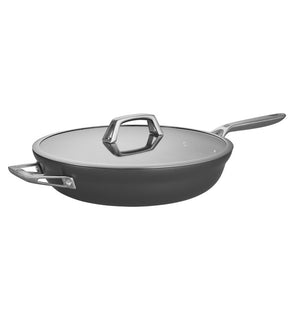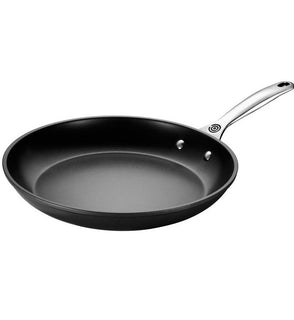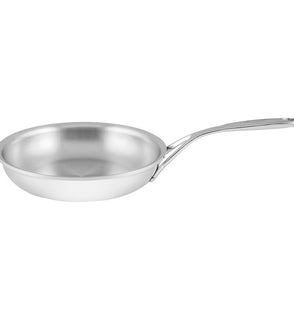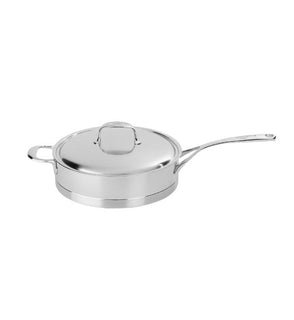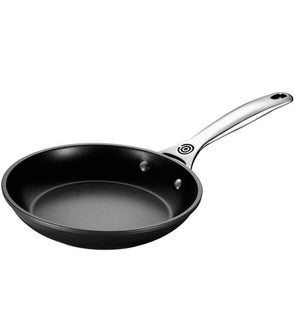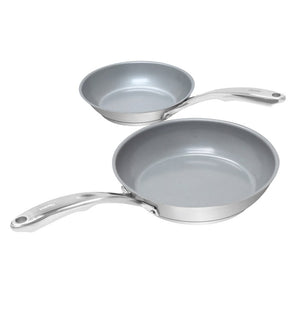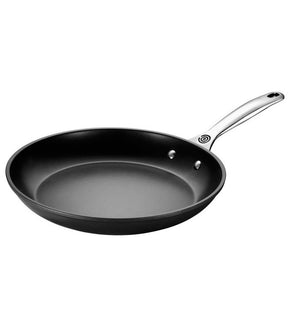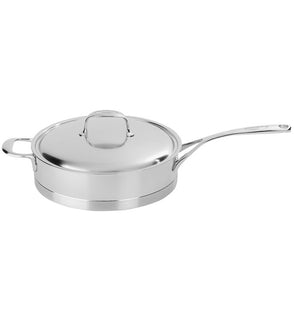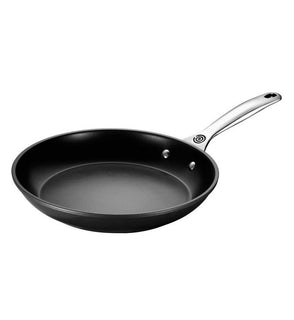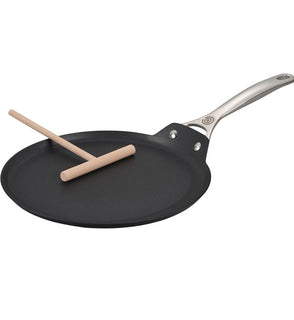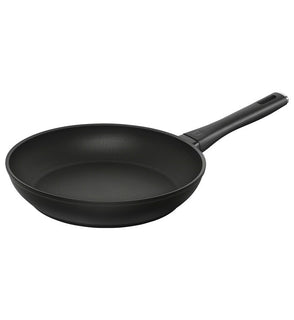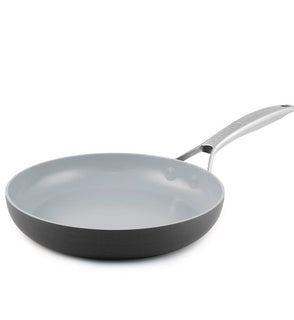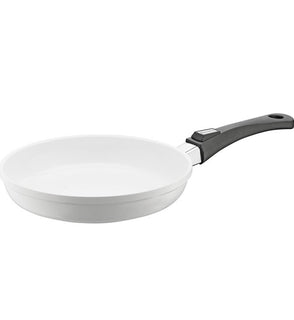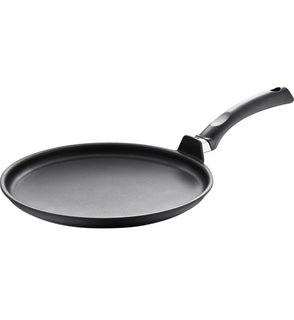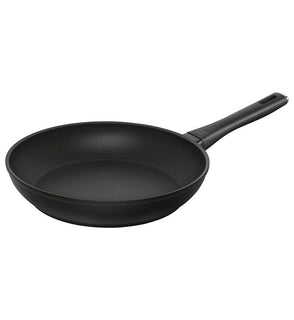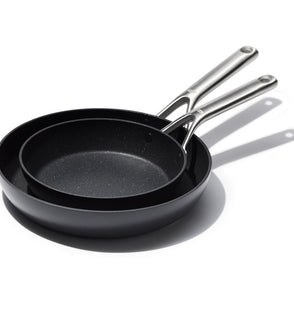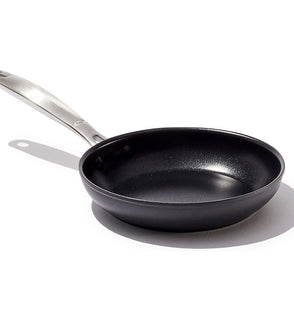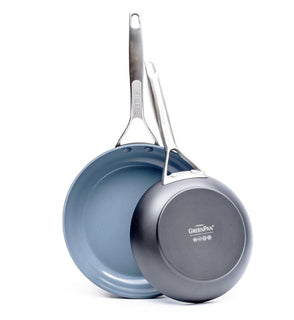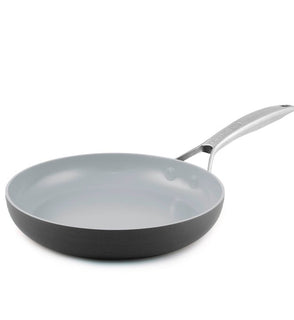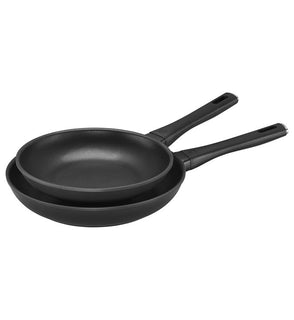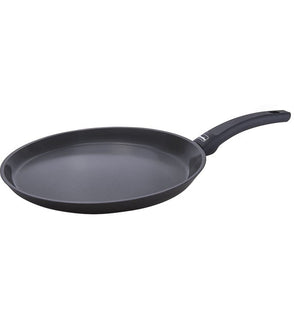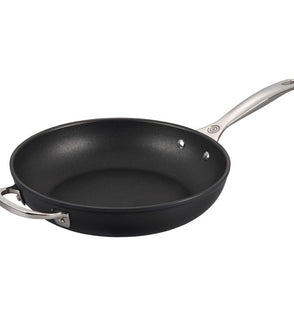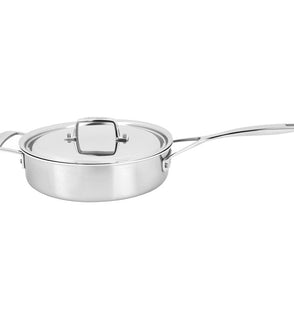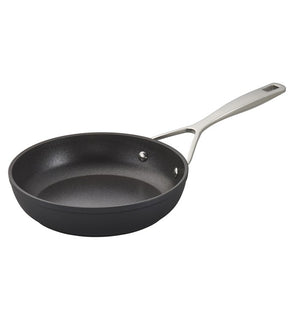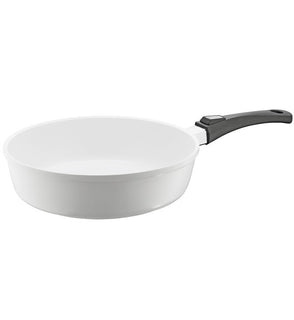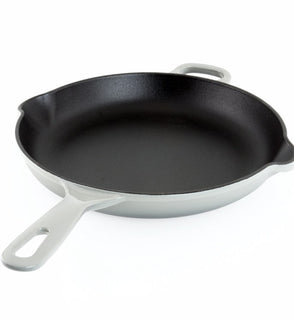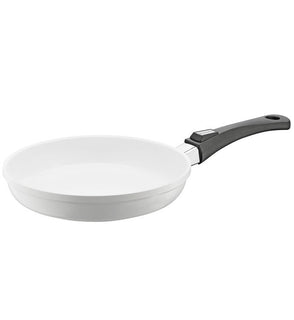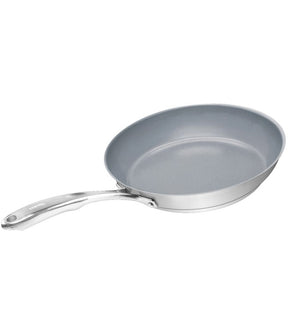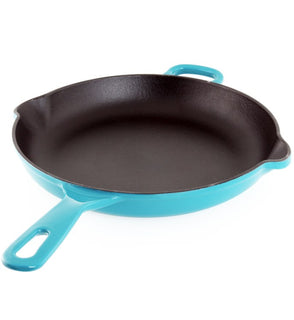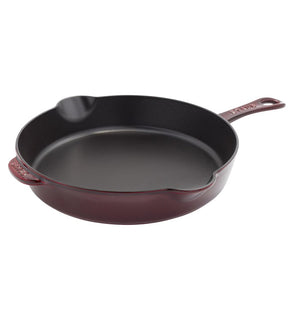Cook with Precision Using Quality Sauté & Frying Pans
Sauté and frying pans are essential for versatile cooking, from searing meats to stir-frying vegetables. Choosing the right pan ensures even heat distribution, durability, and ease of use, helping you create meals with confidence and consistency.
Understanding Sauté and Frying Pans
Sauté pans have a wide, flat bottom with straight sides, ideal for tossing and searing ingredients. Frying pans, also known as skillets, have slightly sloped sides, making them perfect for flipping and frying foods evenly.
Material Options and Performance
Pans come in stainless steel, nonstick, and cast iron varieties. Stainless steel offers long-lasting durability, nonstick allows easy food release and cleanup, and cast iron provides superior heat retention for searing and browning.
Size and Compatibility
Selecting the right pan size depends on cooking volume and stovetop compatibility. Larger pans are ideal for family meals or one-pan recipes, while smaller pans work for single servings or quick sauté tasks.
Maintenance and Care
Proper cleaning and seasoning prolong the life of your pans. Stainless steel pans benefit from gentle scrubbing to maintain shine, nonstick pans require careful handling to preserve the coating, and cast iron pans need regular seasoning to prevent rust.
Enhancing Your Cooking Experience
High-quality sauté and frying pans allow for precise temperature control, improved cooking results, and increased kitchen efficiency. Selecting the right pan supports your culinary goals and enhances meal preparation.
Frequently Asked Questions: Sauté & Frying Pans
What is the difference between a sauté pan and a frying pan?
Sauté pans have straight sides ideal for tossing and searing, while frying pans have sloped sides suitable for flipping and evenly frying foods.
Which material is best for sauté and frying pans?
Stainless steel offers durability, nonstick pans provide easy food release, and cast iron ensures superior heat retention for searing and browning.
How do I maintain a nonstick frying pan?
Use non-abrasive utensils, hand wash with mild soap, and avoid high heat to preserve the nonstick coating and extend the pan's lifespan.
Can sauté and frying pans be used on all stovetops?
Most pans are compatible with gas, electric, and ceramic cooktops. Check the manufacturer’s specifications for induction stovetop compatibility.
What size pan should I choose for home cooking?
Choose based on cooking volume. Larger pans are suitable for family meals, while smaller pans work well for single servings or quick sauté tasks.
Select sauté and frying pans that combine durability, precise heat control, and easy maintenance to elevate your home cooking experience.


